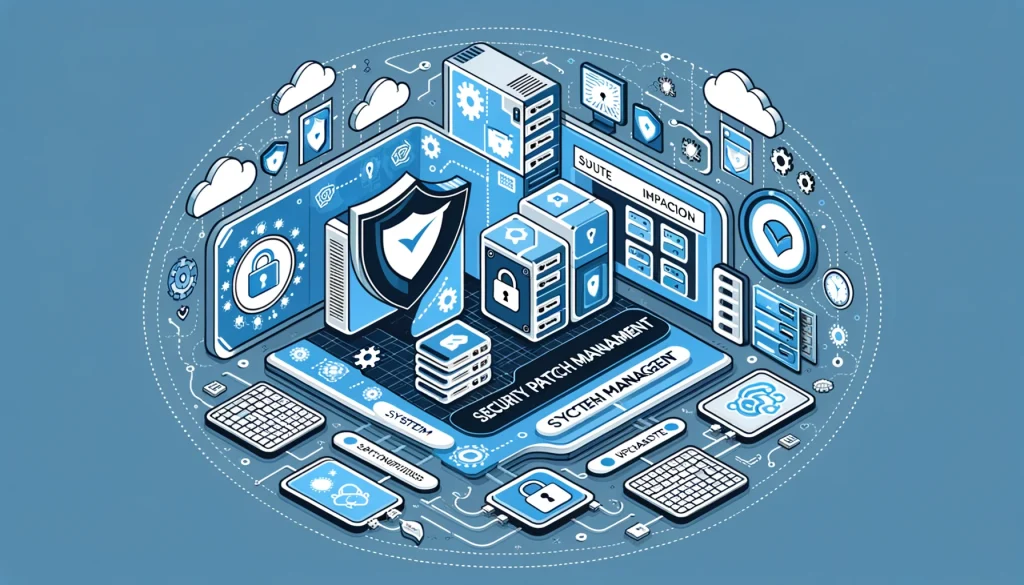Web security patch management involves the process of identifying, prioritizing, applying, and testing patches to address vulnerabilities and security flaws in web applications, servers, and underlying software components. Here’s an overview of the process:
Vulnerability Assessment and Patch Identification:
Vulnerability Monitoring: Stay informed about security vulnerabilities affecting web applications, server software, frameworks, libraries, and dependencies.
Security Advisories and Alerts: Subscribe to security advisories, mailing lists, and vulnerability databases (e.g., CVE, NVD) to receive notifications about newly discovered vulnerabilities.
Security Scanning Tools: Use automated vulnerability scanning tools to identify security weaknesses, outdated software versions, and missing patches.
Patch Prioritization and Risk Assessment:
Patch Severity Assessment: Assess the severity and potential impact of identified vulnerabilities based on factors such as CVSS scores, exploitability, and potential business impact.
Risk Analysis: Evaluate the risk posed by each vulnerability in the context of your organization’s environment, infrastructure, and threat landscape.
Prioritization Criteria: Establish criteria for prioritizing patches based on risk level, exploitability, likelihood of exploitation, and potential consequences.
Patch Deployment:
Patch Testing: Test patches in a controlled environment (e.g., staging or development) to ensure they do not introduce compatibility issues, performance degradation, or unintended consequences.
Change Management Process: Follow a formal change management process to plan, schedule, and deploy patches, considering factors such as maintenance windows, service availability, and business impact.
Automated Patch Deployment: Utilize patch management tools or automation scripts to streamline the deployment process and ensure consistent and timely patching across all systems.
Verification and Validation:
Patch Verification: Verify that patches have been successfully applied to all affected systems and components, using automated verification tools or manual checks.
Functionality Testing: Conduct functional testing to ensure that patched systems and applications continue to operate as expected and that no new issues have been introduced.
Security Testing: Perform security testing to validate that the patched systems are adequately protected against the previously identified vulnerabilities.
Monitoring and Compliance:
Ongoing Monitoring: Monitor systems and applications for signs of abnormal behavior, security incidents, or indicators of compromise following patch deployment.
Compliance Reporting: Maintain records of patch deployment activities, including patch status, deployment dates, and compliance with regulatory requirements or internal policies.
Patch Management Metrics: Track key performance indicators (KPIs) related to patch management, such as patch coverage, patching cycle time, and vulnerability remediation rate.
Continuous Improvement:
Post-Incident Analysis: Conduct post-incident analysis and root cause analysis of security incidents or breaches to identify areas for improvement in patch management processes.
Feedback and Lessons Learned: Incorporate feedback from patch deployment activities, security incidents, and security testing into the patch management process to refine procedures and mitigate future risks.
Security Awareness Training: Provide ongoing security awareness training to IT staff, system administrators, and end-users to raise awareness of the importance of patch management and cybersecurity best practices.





